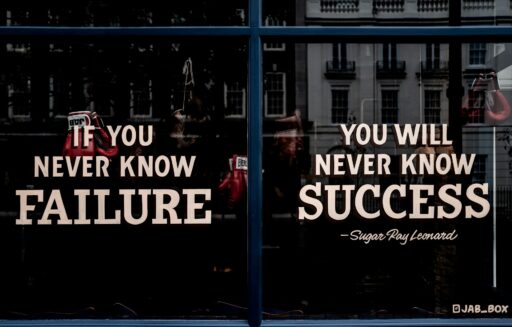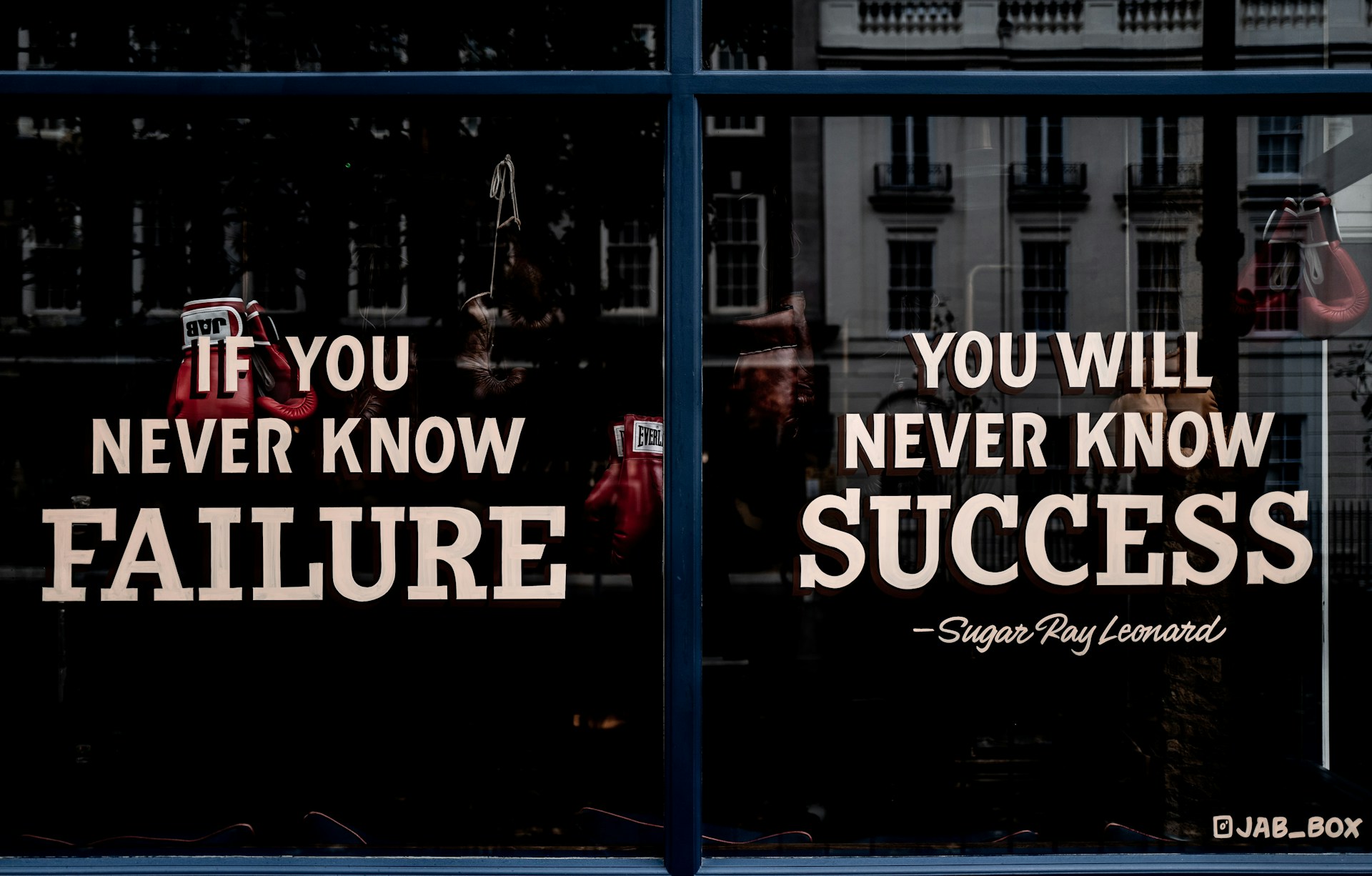Landing pages are the unsung heroes of the digital marketing ecosystem. They’re deceptively simple in concept yet infinitely complex in their execution and potential. We often hear that a well-designed landing page is the cornerstone of conversion success. But what does that actually mean in a world dominated by information overload, skepticism, and fleeting attention spans?
Let’s go beyond the surface to explore a question that transcends marketing jargon: What makes a landing page transformative?
Beyond the Basics: Redefining Landing Page Strategy
Most professionals can recite the “best practices” for landing pages: clear calls to action, compelling headlines, minimalist design. But does following these rules alone guarantee success? Of course not.
The deeper question is: Why do people convert in the first place?
It’s not just about aesthetics or functionality. It’s about understanding the psychology of decision-making, the art of persuasion, and the science of habit formation. Consider these challenges:
• Trust and Credibility: How do you establish trust within seconds, especially in industries where skepticism runs high, like finance, insurance, or health?
• Decision Fatigue: With endless options at their fingertips, how do you guide users toward one clear action without overwhelming them?
• Noise: In a crowded digital space, why would someone choose to engage with your page over thousands of others?
The Hidden Science of Conversion: Unanswered Questions
1. Do landing pages reflect or shape user intent?
Does a great landing page merely mirror what the customer already wants, or can it actively guide and reshape their desires? Philosophically, are we meeting demand or creating it?
2. How much design is too much design?
Data shows that simplicity often trumps complexity, yet the definition of “simple” varies by audience. How do you adapt to industries where trust is built through technical detail versus those where sleek minimalism reigns supreme?
3. Should personalization dominate design?
Dynamic personalization is a buzzword, but does it always work? At what point does tailoring become intrusive? How do you balance automation with authenticity?
4. Are ethics optional?
Landing pages often employ urgency, scarcity, and other psychological triggers. But where do we draw the ethical line between influence and manipulation?
Shocking Facts That Redefine Landing Page Success
• First Impressions Matter—Fast: Studies reveal that users form an opinion about your page within 0.05 seconds. A single distracting element can cost you the conversion.
• The “Speed Factor”: A one-second delay in page load time can reduce conversions by 7%—and yet 85% of businesses still overlook optimization for speed.
• The Copy Paradox: Too little information creates skepticism; too much causes paralysis. Research suggests that the ideal word count varies dramatically by industry: finance pages convert best with 1,100–1,500 words, while retail thrives with 300–500 words.
• Color Psychology Isn’t Universal: While blue might build trust in tech or finance, it performs poorly in industries like fashion or food. Is your brand color choice aligned with your target market’s psychology?
Thoughtful Questions
As a professional, pause and consider:
• How does your landing page align with your customer’s mental state the moment they arrive?
Are they skeptical? Anxious? Excited? Your design must meet them where they are emotionally.
• Are you optimizing for long-term loyalty or short-term wins?
High-pressure tactics can yield immediate results but at what cost to brand trust?
• What is the ‘job’ of your landing page?
Is it purely transactional, or is it a gateway to deeper engagement? Have you designed it to guide users into a sustainable relationship with your brand?
Case Studies: Breaking the Mold
Example 1: The Paradox of Simplicity in Financial Services
A landing page for an insurance product achieved 300% higher conversions by simplifying its form to just two fields. However, an in-depth secondary page was crucial in addressing the complex questions users had after initial interest. Lesson: Minimalism works—but only in stages.
Example 2: E-Commerce and Urgency
An online retailer saw a 40% drop in conversions when they overused urgency triggers like “limited time only.” The lesson? Customers value honesty over gimmicks. Authentic urgency—such as inventory tracking—outperformed fabricated scarcity by a wide margin.
The Bigger Picture: Landing Pages as Ethical Artifacts
A landing page is more than a digital asset; it’s a moment of truth. It reflects not just what your company offers but who you are as a brand. It reveals whether you value your customers as individuals or merely as metrics on a dashboard.
The future of landing pages lies in their ability to humanize digital interactions. AI and automation will play a growing role, but empathy and integrity will remain irreplaceable.
Are You Ready to Elevate?
At Quality Leads, we don’t just create landing pages; we craft experiences that resonate. Whether you’re a business seeking guaranteed ROI or an innovator wanting to revolutionize your lead generation strategy, we are here to partner with you.
Are you ready to rethink what a landing page can do for your business? Let’s create something extraordinary—together.






